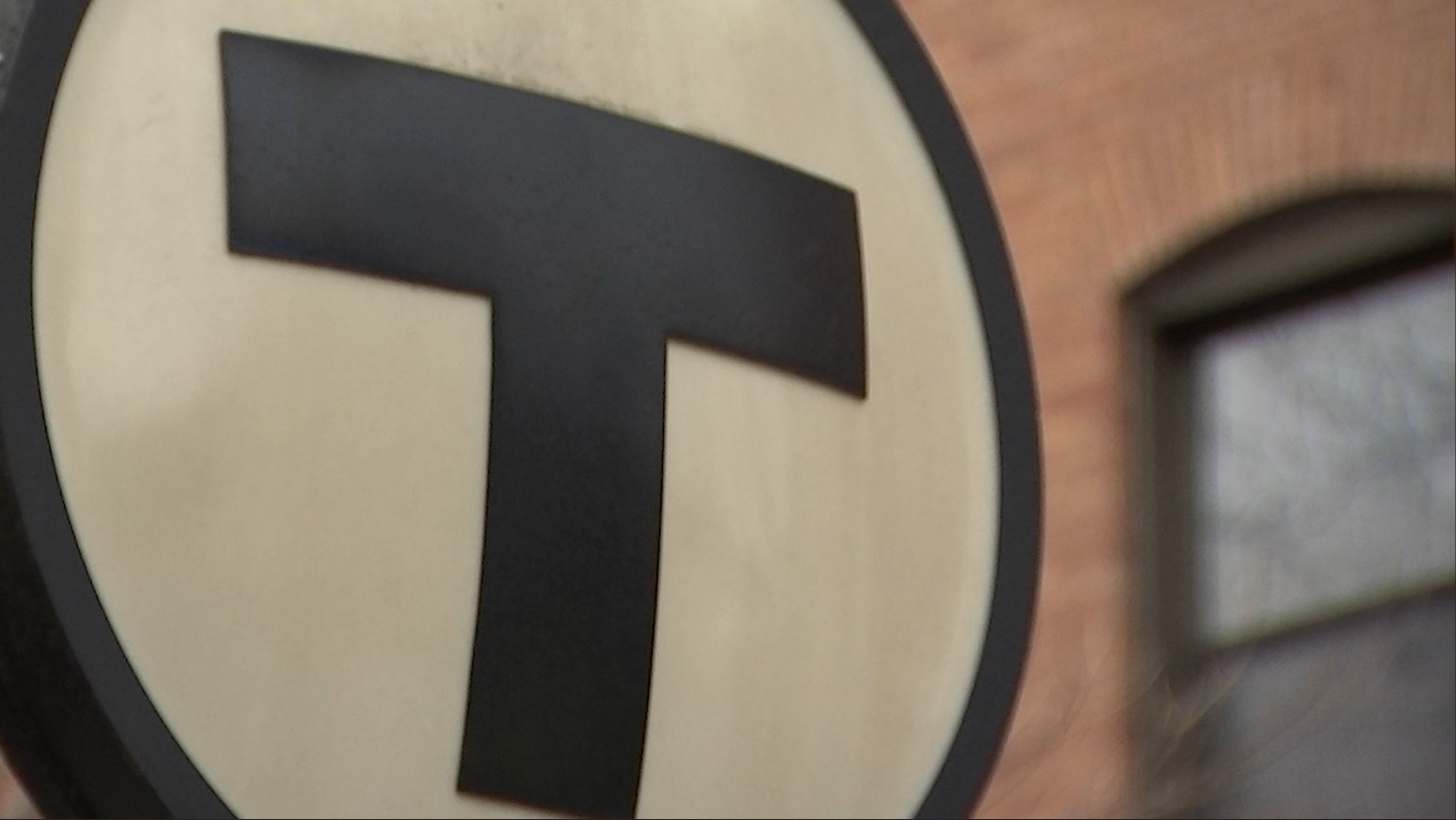
MBTA officials are making some progress in their campaign to staff up, but it's still not clear when the agency will hit the levels needed to fully restore all weekday subway service from the cuts that have persisted for more than a year.
The T has hired 782 new employees so far in 2023 and lost 475 others who departed via retirement, resignation, termination or were hired but never actually started work, Chief Workforce Officer Ahmad Barnes told agency overseers Thursday. That nets out to a total headcount increase of 307 workers since the start of the year.
Staff shortages have been one of the most persistent, impactful problems at the MBTA, fueling regular service disruptions that frustrate riders and contributing to safety defects that have drawn federal attention.
Barnes's presentation estimated the T had about 6,600 employees at the end of July, a significant increase over the winter but still well short of the more than 7,600 positions the agency budgeted for in fiscal year 2024.
Since the fiscal year began July 1, the MBTA has increased its headcount by a net 57 new employees. Barnes praised the early hiring as "already off to a great start."
The Healey administration and MBTA officials are hoping they can significantly ramp up hiring and keep more current employees at the agency with better pay and benefits.
MBTA and organized labor leaders last week unveiled a new four-year, $55 million collective bargaining agreement with Boston Carmen's ATU Local 589, the largest T worker union, that increases pay 18% over the life of the contract, cements $7,500 sign-on bonuses for drivers, provides paid commercial driver's license training, and offers financial incentives tied to employee longevity.
Barnes's presentation signaled that some of the T's most frontline positions are experiencing the most turnover.
Fifty-two bus operators have departed voluntarily in 2023, nearly five times more than any other position. Light rail motorpersons had the second-most voluntary departures with 11. Another 102 bus drivers were terminated this year, nearly twice as many as the second-place category.
In the other direction, the MBTA has hired more bus operators than any other position this year, though the gap is comparatively smaller: 213 drivers followed by 141 light rail motorpersons in second place.
Barnes presented data to the MBTA Board's Planning, Workforce, Development and Compensation Subcommittee about the 20 most popular communities from which T employees hail, which prompted board member Chanda Smart to suggest an additional breakdown of how many workers rent or own their homes.
"That's definitely a retention factor. You can't afford to live in this city," fellow board member Bob Butler interjected. "We all know that."
MBTA General Manager Phil Eng also pointed to the newly signed state budget for fiscal year 2024 as a way to help attract and retain more employees via funding it makes available.
"We thank the Healey Driscoll Administration for their leadership and focus on our workforce, including the recently signed budget, which includes $20 million for the MBTA Workforce Safety Reserve," Eng said in a statement. "This investment has enabled us to improve recruitment, hiring, and retention for many vital positions across our agency. We are committed to providing the public with the safe, reliable, improved service they expect and deserve."
Another key workforce area is subway dispatchers who work in the T's "operations control center."
In June 2022, after the Federal Transit Administration warned that the existing dispatcher workforce was stretched too thin to operate safely, MBTA officials reduced weekday service on the Red, Blue and Orange Lines. The agency's higher-ups said at the time the cuts would be temporary and reversed "as soon as sufficient dispatch capacity exists," but the goalposts in February moved to include hiring more operators and making more subway vehicles available as prerequisites to fully restoring service.
Barnes said Thursday that the operations control center now has 25 full-time dispatchers in the pipeline, including 18 who are already working, six who are in training and one who will start training later this month. He set a target of adding two more full-time dispatchers and five "spares."
According to data tracked by advocacy group TransitMatters, trip frequency on the Blue Line has rebounded the most. The Orange Line is running roughly 75 percent as many weekday trains as before the cuts, the data show, while the Red Line is running somewhere between 60 and 70 percent as many trips as it did in early 2022.
"Factors currently limiting the T's ability to increase service include train operator and vehicle availability and track speeds. However, the MBTA was able to add more Blue Line service during both peak and off-peak periods this summer," MBTA spokesperson Joe Pesaturo said Thursday. "This fall, the T plans to add additional service on the Orange Line. Riders on the Blue Line will continue to see the same level of service, with headways of 6 minutes or less during peak travel periods. The MBTA is also continuing system-wide track work to improve both the speed and frequency of train service."



